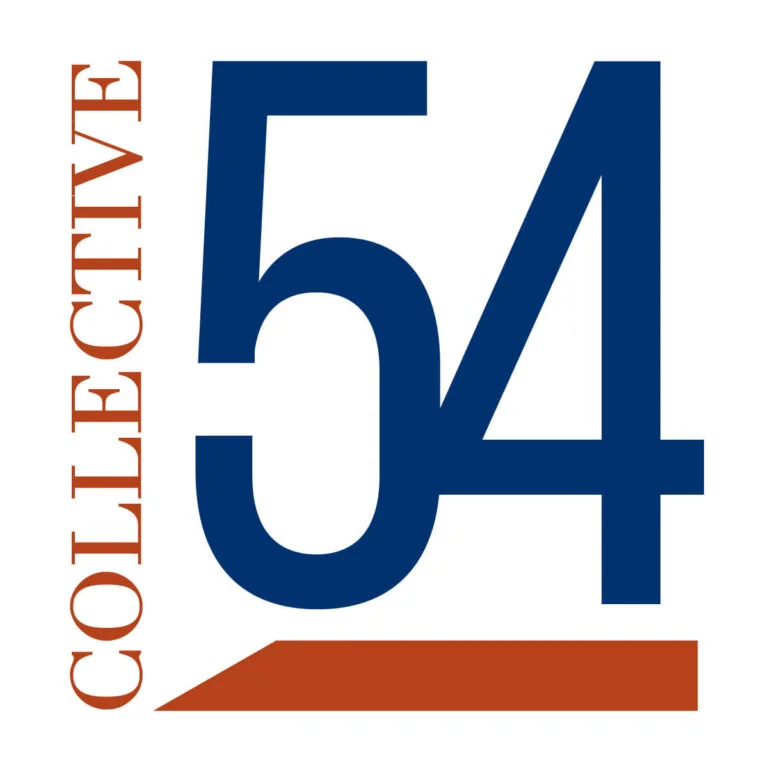|
Getting your Trinity Audio player ready... |
Rethinking 2026 Growth Planning: Why Brands and Pro Services Firms Need a Journey-First Strategy

In a market where visibility is fractured and trust is earned in milliseconds, how you plan for growth in 2026 will determine whether you lead or fall behind.
From May through August, most executive teams, whether at brands or professional services firms, are knee-deep in building strategies and budgets for the coming year. But many are using outdated models: departmental budgets created in isolation, growth projections rooted in past performance and plans that treat customer experience as a byproduct rather than a priority.
The result? Plans that feel complete on paper but fall apart in execution.
Planning Is Still Siloed and It’s Costing You
Growth doesn’t happen in a vacuum. It doesn’t live solely in marketing, sales, or operations. It lives in the journey your customer takes—from first touch to renewal or referral. For brands, that means aligning go-to-market, digital, product, and CX into a seamless experience. For professional services, it’s about guiding prospects through the often-intangible process of earning trust and demonstrating value before a contract is signed.
And yet, many organizations plan in silos. Marketing builds awareness. Sales builds a pipeline. Delivery builds capacity. But no one owns the connective tissue between those parts. According to industry benchmarks, the average B2B lead conversion rate is just 2–5%. Retention rates also drop sharply after initial acquisition, especially when the handoffs between departments are misaligned. These inefficiencies aren’t just frustrating, they’re expensive.
A Better Lens: Planning Through the Customer Journey
What if, instead of planning by function, you planned by experience?
Deep journey mapping helps organizations understand how customers actually move through the funnel. Where do they discover your brand? Where do they hesitate? What moments build trust, and which ones lose it?
When leaders from marketing, sales, operations, and customer service collaborate around this journey, the impact is profound. Teams identify friction points, uncover blind spots, and align their efforts toward shared outcomes. Instead of optimizing for departmental metrics, they start optimizing for customer progress.
This is the shift from budget-first to journey-first planning. And you might be surprised at the insights that mapping the journey uncovers.
Journey Insight: The Evolving Dynamics of Discovery
The customer journey often starts with search. Today, your customers aren’t just searching on Google. They’re using TikTok, Reddit, YouTube, ChatGPT, LinkedIn, and dozens of niche platforms. Discovery is dynamic, fragmented, and increasingly AI-mediated, making SEO alone an insufficient strategy for connecting with your customers in the earliest stages of the journey.
Enter Search Experience Optimization (SXO). SXO goes beyond traditional SEO. It ensures your brand isn’t just visible but also credible and compelling at every step of the discovery process. It blends content strategy, technical visibility, platform presence, and intent modeling.
Paired with AI Optimization (AIO), you also begin training large language models (LLMs) and AI agents that influence what people see in platforms like ChatGPT or Perplexity. SXO and AIO together help ensure you show up in the right context, with the right message, and for the right audience, regardless of where that search begins.
Four Moves to Make Now
As you finalize your 2026 plan, consider these key moves:
- First, map your customer journey. Define how people move from awareness to loyalty in your space, and where they tend to fall off.
- Second, budget not just for reach, but for trust. This means investing in content that answers real questions, shows up in AI results, and builds a reputation where your audience already spends time.
- Third, align your teams. Shared KPIs across departments ensure that every function contributes to, and benefits from, growth.
- Finally, bring AI into the room. Use it to simulate journeys, personalize experiences, and reveal opportunities your team might miss.
What Modern Growth Planning Looks Like
Organizations that embrace journey-first planning are seeing measurable gains.
One healthcare brand that moved from siloed digital efforts to a coordinated SXO strategy saw dramatic growth in organic traffic and engagement within six months. A professional services firm that mapped its entire buying journey was able to realign its content and sales enablement tools, reducing its average sales cycle by nearly 30%.
These aren’t just campaign wins. They’re the results of systemic shifts in how organizations understand and serve their audience.
Growth Is a Journey—Plan Like It
Whether you’re leading a consumer brand or a financial services firm, the message is clear: 2026 planning can’t be a spreadsheet exercise. It has to be a strategic effort to meet your customers where they are, guide them with clarity, and deliver on your promise at every touchpoint.
The firms that will win the next wave of market share are already moving in this direction. Are you?
Apply for membership in Collective 54
